Doxycycline for Acne: Uses, Benefits, Side Effects & Results
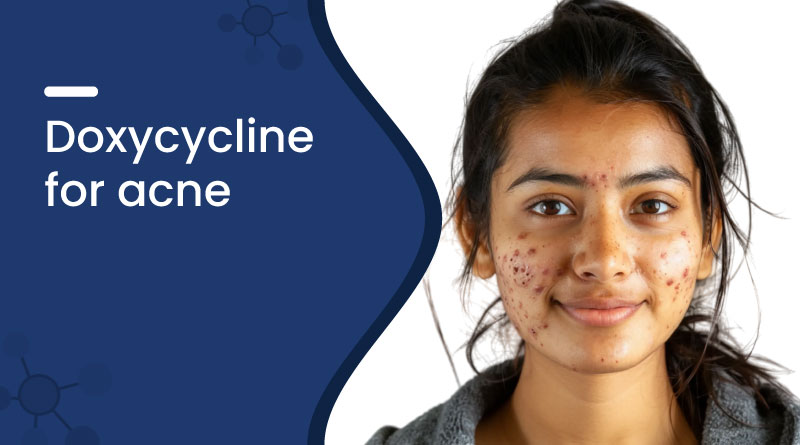

Acne is a common skin concern that affects people of all ages, often causing discomfort and lowering self-esteem. While lifestyle changes and skincare routines help, moderate to severe acne sometimes requires medical intervention. Doxycycline, a prescription antibiotic, has proven effective in managing acne by reducing bacterial growth and inflammation. This blog explores how doxycycline works, who can take it, its benefits, side effects, and tips for effective acne management.
How Doxycycline Helps Treat Acne?
Doxycycline belongs to the tetracycline class of antibiotics. It combats acne by attacking the bacteria that cause it, stopping their growth, and easing skin inflammation. By controlling bacterial activity, doxycycline helps prevent new acne lesions while allowing existing ones to heal faster. Additionally, it reduces redness, swelling, and irritation, promoting clearer and healthier-looking skin over time.
Doxycycline for Acne
| Product | Key Features |
|---|---|
| Doxzee LB Tablet | It combines doxycycline and Lactobacillus to treat acne and skin infections effectively. |
| Doxzee 100 Antibiotic Capsule | Treats moderate to severe acne by reducing inflammation and bacterial growth. |
Benefits of Doxycycline for Acne
- Reduces the number of pimples and blackheads.
- Minimizes skin inflammation and redness.
- Prevents the formation of new acne breakouts.
- Improves overall skin texture with consistent use.
- Can be combined with topical treatments for enhanced results.
Dosage and How to Use Doxycycline
- The typical dose for acne varies based on severity and individual response.
- Normally consumed once or twice daily with a full glass of water.
- It is recommended to take it on an empty stomach for better absorption.
- Complete the prescribed course even if your skin shows improvement early.
Possible Side Effects
While doxycycline is effective, some people may experience mild side effects, including:
- Nausea or upset stomach
- Diarrhea
- Sun sensitivity (increased risk of sunburn)
- Headache
Severe allergic responses are uncommon but must be addressed right away. Always speak to your doctor if side effects do not improve or get worse.
Who Can Take Doxycycline for Acne
Doxycycline is generally prescribed for teenagers and adults with moderate to severe acne that doesn’t respond to topical treatments alone. However, it is not recommended for:
- Children under 8 years of age.
- Pregnant or breastfeeding women.
- People with a known allergy to tetracyclines.
A dermatologist can evaluate your condition and determine if doxycycline is suitable for you.
Tips for Better Acne Management
- Wash your face gently twice a day using a mild cleanser.
- Avoid picking or squeezing pimples to prevent scarring.
- Maintain a balanced diet and stay hydrated.
- Use non-comedogenic skincare and makeup products.
- Follow your doctor’s prescription and complete the full course of doxycycline.
Precautions and What to Avoid
- Avoid excessive sun exposure and use sunscreen daily.
- Do not take doxycycline with dairy products or antacids, as they can reduce absorption.
- Avoid self-medicating or sharing antibiotics.
- Inform your doctor about any other medications or health conditions.
Conclusion
Doxycycline is an effective option for managing moderate to severe acne. It offers benefits like reduced inflammation, fewer breakouts, and improved skin texture. When used as prescribed and combined with proper skincare and precautions, it can significantly improve skin health. Always consult a dermatologist to ensure safe use and achieve the best results for clearer, healthier-looking skin.
Frequently Asked Questions (FAQs)
Q. Can doxycycline be used for mild acne?
A. Doxycycline is typically prescribed for moderate to severe acne. Mild acne is usually managed with topical treatments, lifestyle changes, or over-the-counter products. A dermatologist can advise the best approach.
Q. How long until doxycycline shows effects on acne?
A. Most people notice improvement in acne within 4–6 weeks of doxycycline use, while full benefits typically appear after 2–3 months. Consistency and completing the prescribed course are essential.
Q. Can doxycycline be combined with other acne treatments?
A. Yes, it can be safely combined with topical creams or gels. A dermatologist can provide guidance to ensure maximum effectiveness while avoiding interactions with other medications.
Q. What typical side effects can doxycycline cause?
A. Mild side effects may include nausea, upset stomach, diarrhea, headache, and increased sun sensitivity. Rare severe allergies must be treated immediately by a doctor.
Q. How can skincare prevent acne?
A. Using gentle cleansers, non-comedogenic moisturizers, and suitable topical treatments helps prevent clogged pores, reduces inflammation, and keeps skin healthy, complementing the effects of medications like doxycycline.
Doxycycline (100mg) + Lactobacillus (5Billion Spores)
10 Tablets in 1 strip
Recent Blogs
Disclaimer : Zeelab Pharmacy provides health information for knowledge only. Do not self-medicate. Always consult a qualified doctor before starting, stopping, or changing any medicine or treatment.

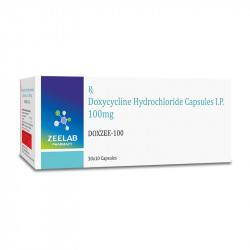
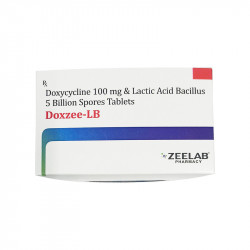
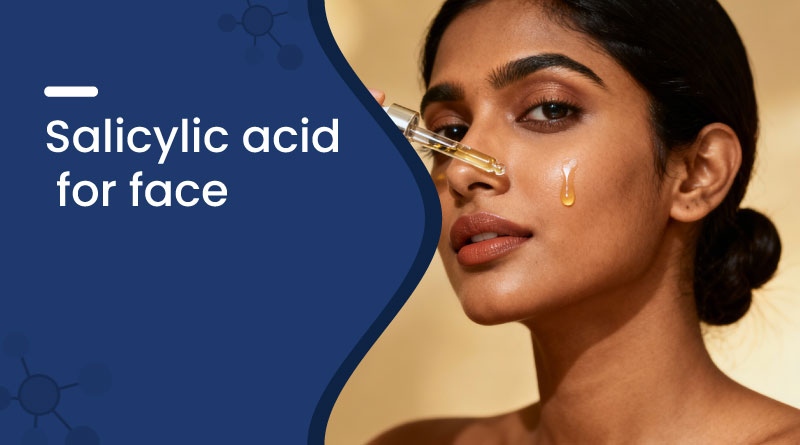


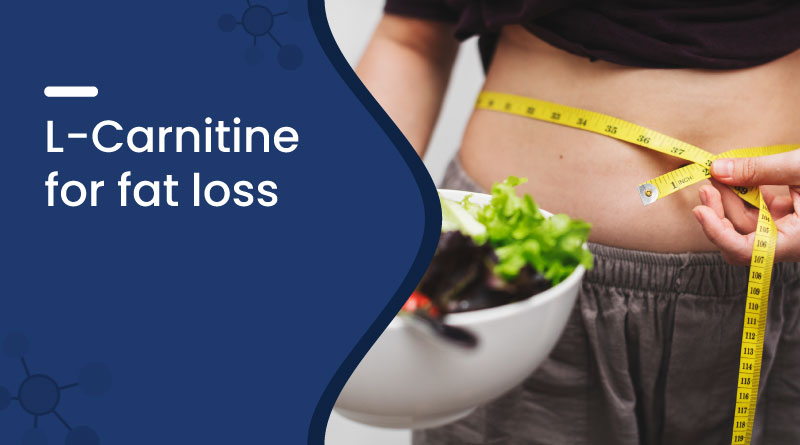
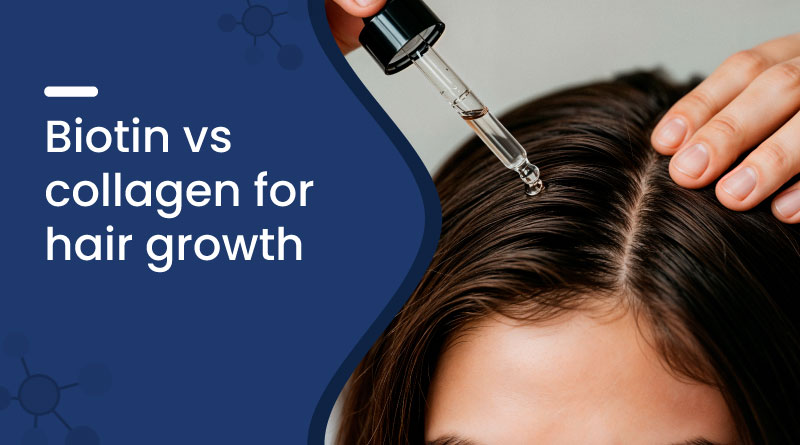
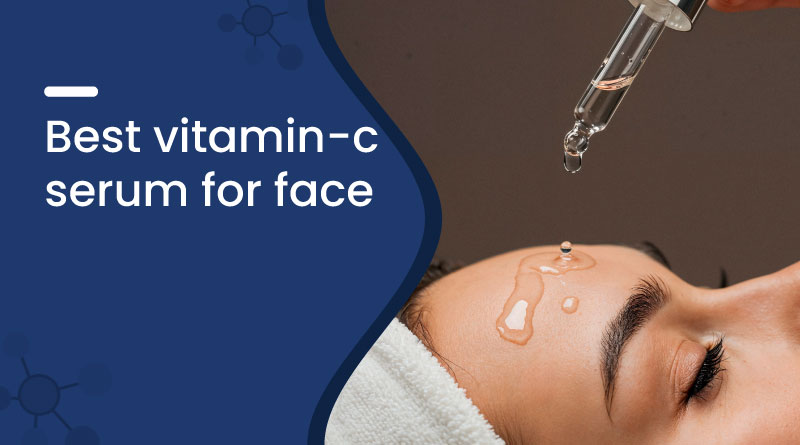









 Added!
Added!